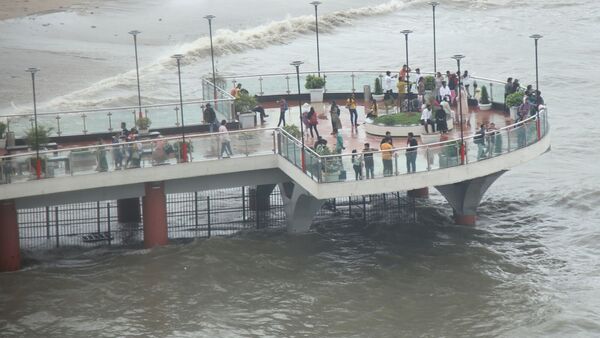
Dharavi, one of Asia’s largest slums, is known for its various small-scale industries, including recycling, leather production, pottery, and textiles. Tourists are allowed to visit Dharavi, Slum tourism is quite big there. Baba Saheb Ambedkar Chawl stands as a testament to resilience and community spirit in the heart of Dharavi, one of Asia’s largest slums, Mumbai.

Living Conditions Dharavi, one of Asia’s largest slums, Mumbai:
According to Lonely Planet, 60 percent of Mumbai’s population lives in slums, and the largest slum is in Dharavi Despite its humble appearance, the chawl provides shelter to hundreds of families, offering basic amenities such as electricity, water, and sanitation facilities.
Each unit, though compact, is cherished as a sanctuary by its occupants, who have transformed these spaces into homes filled with love and warmth.
The chawl fosters a sense of belonging among its residents, who share not only the physical space but also a common bond forged through shared experiences.
Community Dynamics:
At the heart of Baba Saheb Ambedkar Chawl lies a vibrant tapestry of community life. Residents come together for festivals, celebrations, and communal activities, creating a sense of camaraderie that transcends boundaries of caste, religion, and language.
In times of adversity, the chawl becomes a support system, with neighbors offering a helping hand and words of encouragement to those in need.
This sense of unity and solidarity forms the bedrock of the chawl’s resilience, enabling its residents to weather life’s storms with fortitude.
Dharavi is an economic powerhouse in the middle of Mumbai. As an industrial center with many small-scale industries, Dharavi is home to over 1 million people and is overflowing with houses, shops, temples, and mosques.

Livelihoods and Opportunities:
Despite the challenges posed by its surroundings, Baba Saheb Ambedkar Chawl is a place of hope and opportunity for its residents.
However, a significant challenge for Dharavi is that it is an illegal settlement; consequently, the government does not provide basic services.
Infrastructure, such as roads, street lighting, water pipes, sewers, electricity, and waste collections, is only provided if the residents set it up themselves.
Empowering the Community:
Its corridors echo the stories of its residents, who navigate life’s challenges with solidarity and determination. The tour provides visitors with a unique perspective on poverty and the challenges faced by slum residents.
It was initiated by local community members, to provide visitors with an authentic and immersive experience while creating opportunities for the local economy.
Conclusion Dharavi, one of Asia’s largest slums, Mumbai :
Baba Saheb Ambedkar Chawl exemplifies Dharavi’s indomitable spirit, where communities thrive amidst adversity through resilience, solidarity, and mutual support.
Despite facing numerous challenges, the residents of this chawl have transformed it into a beacon of hope and a testament to the power of community living.
As Dharavi continues to evolve, Baba Saheb Ambedkar Chawl stands as a reminder of the strength that lies in unity and the potential for positive change even in the most unlikely of places.
The company secured the contract to overhaul Asia’s largest slum clusters in November 2022. Gautam Adani Group, last year won the bid for the ₹5,000-crore Dharavi Redevelopment Project (DRP)







